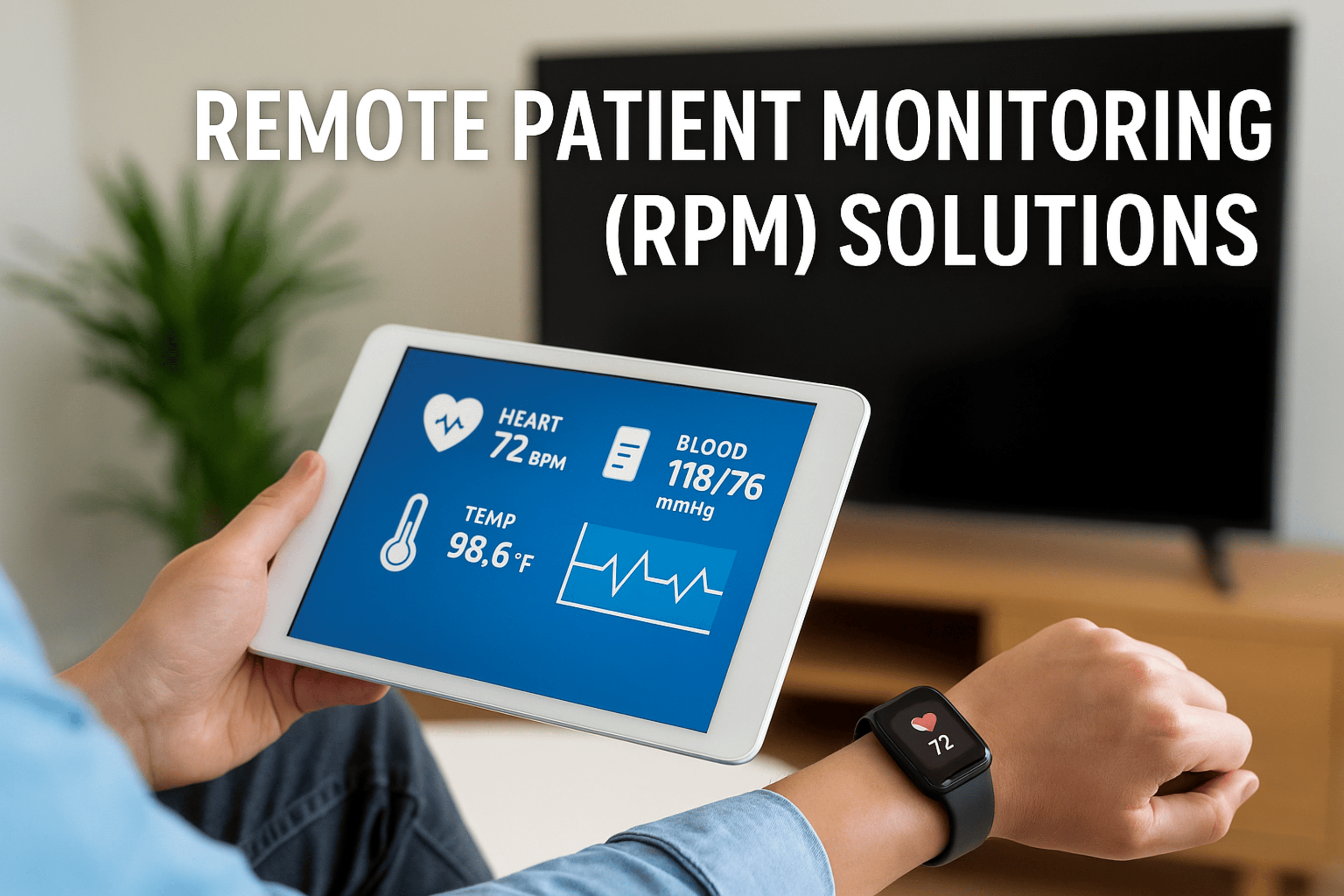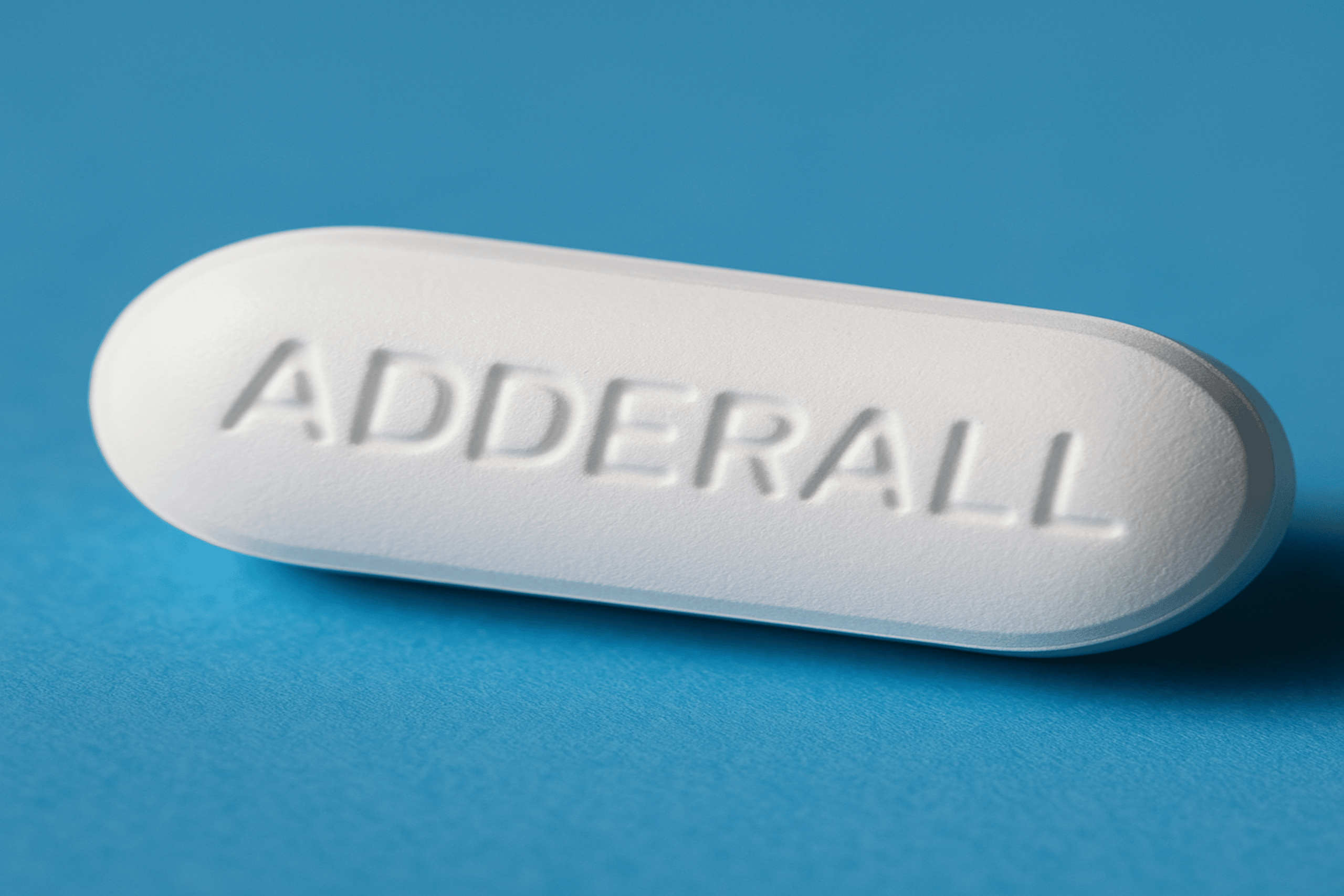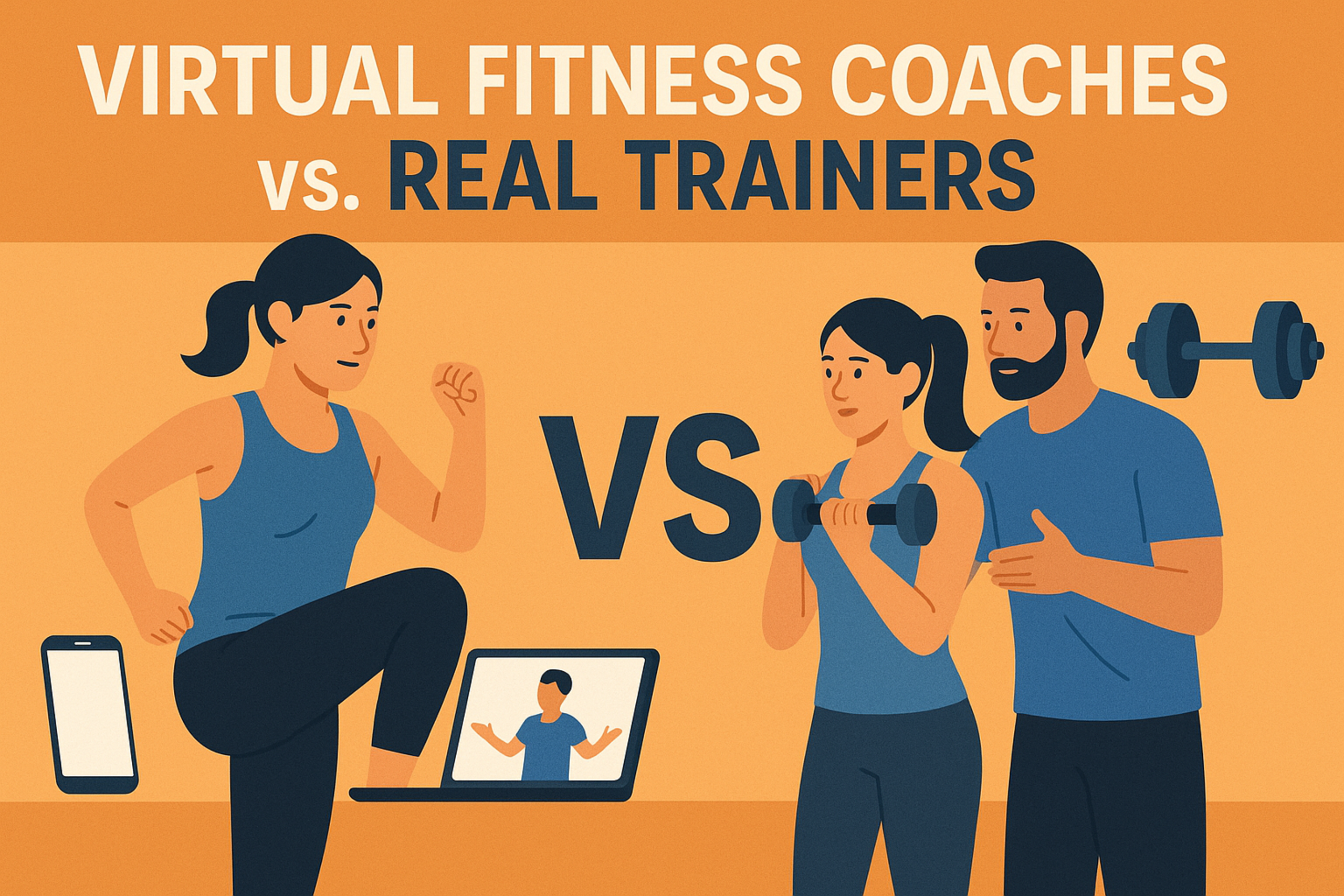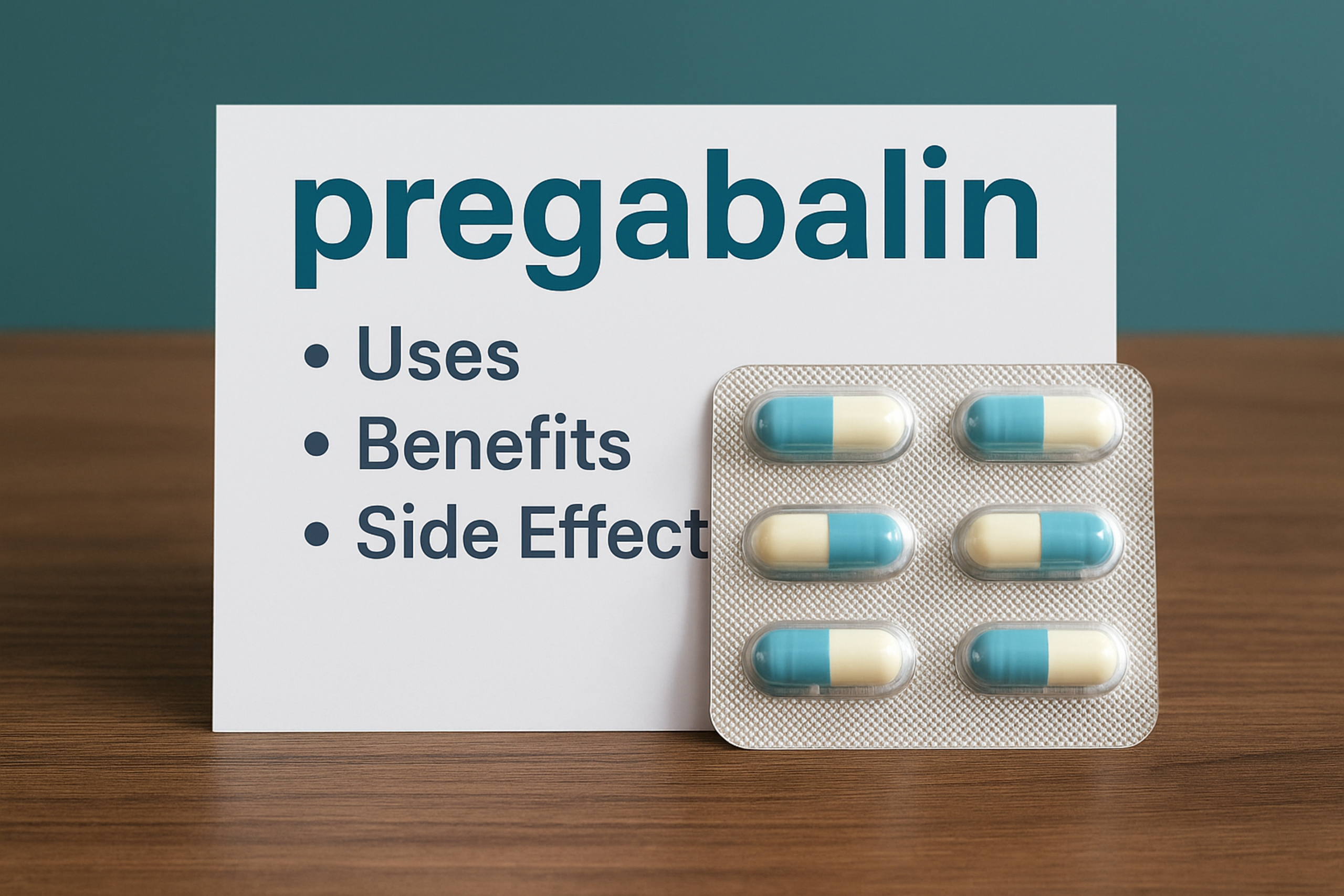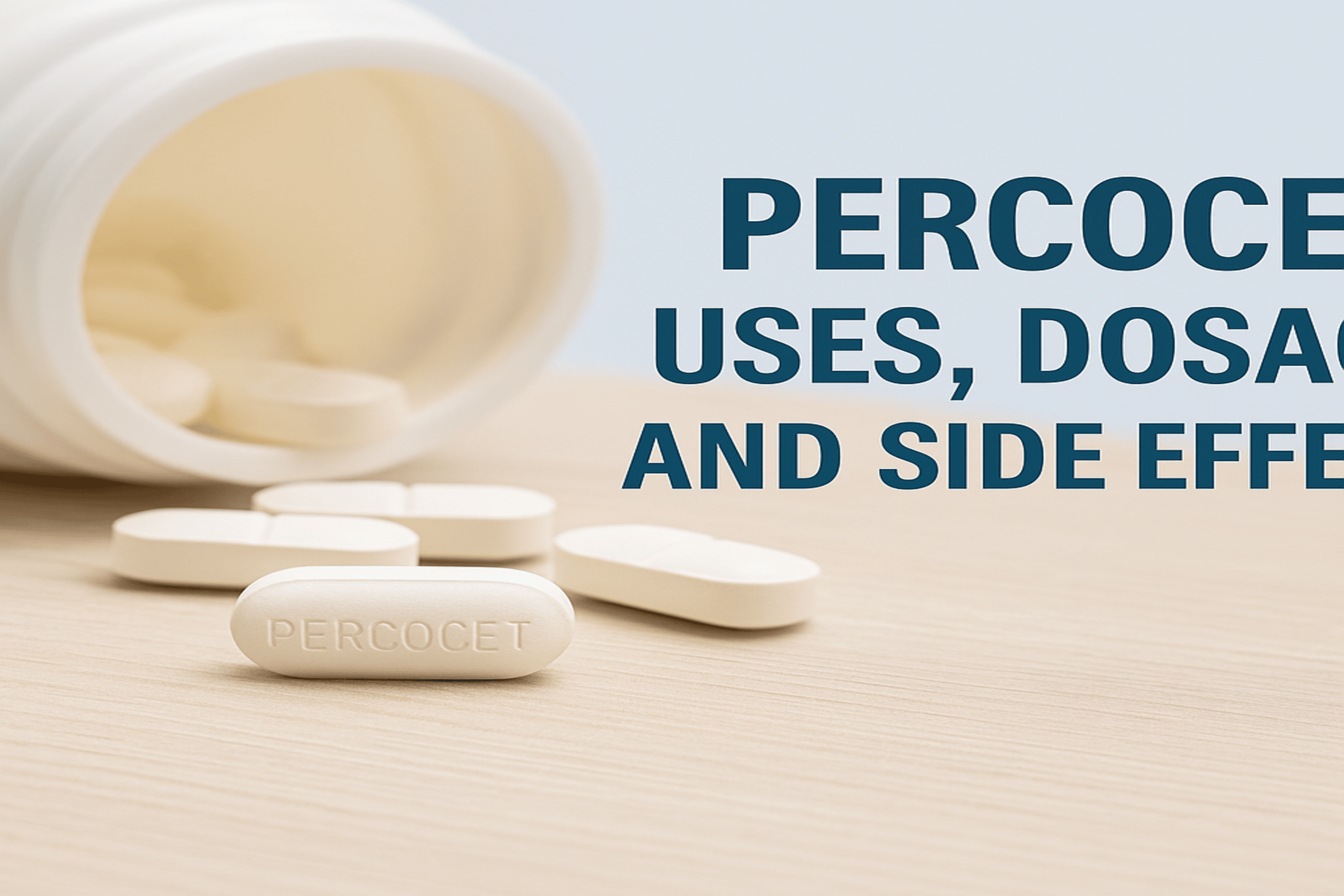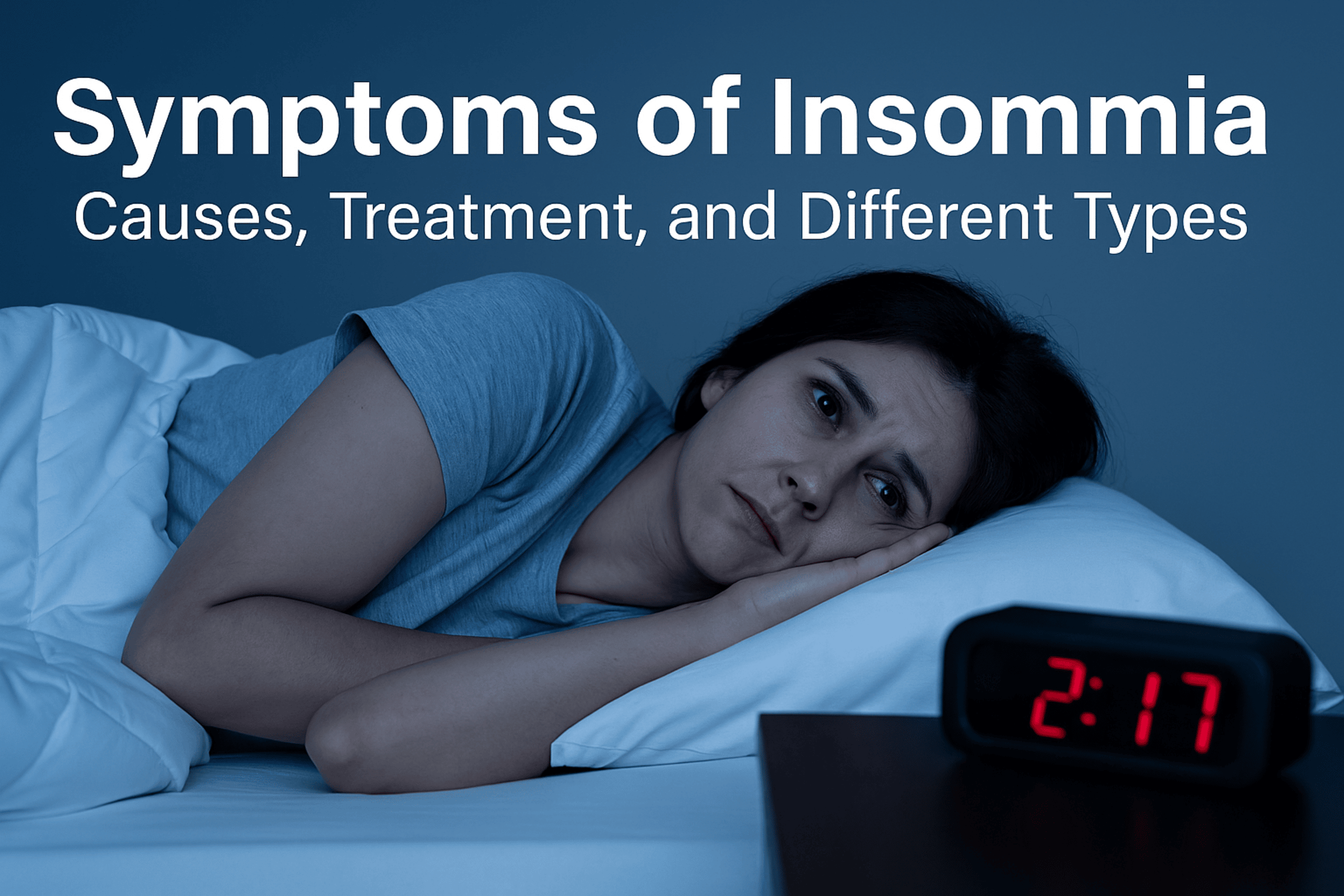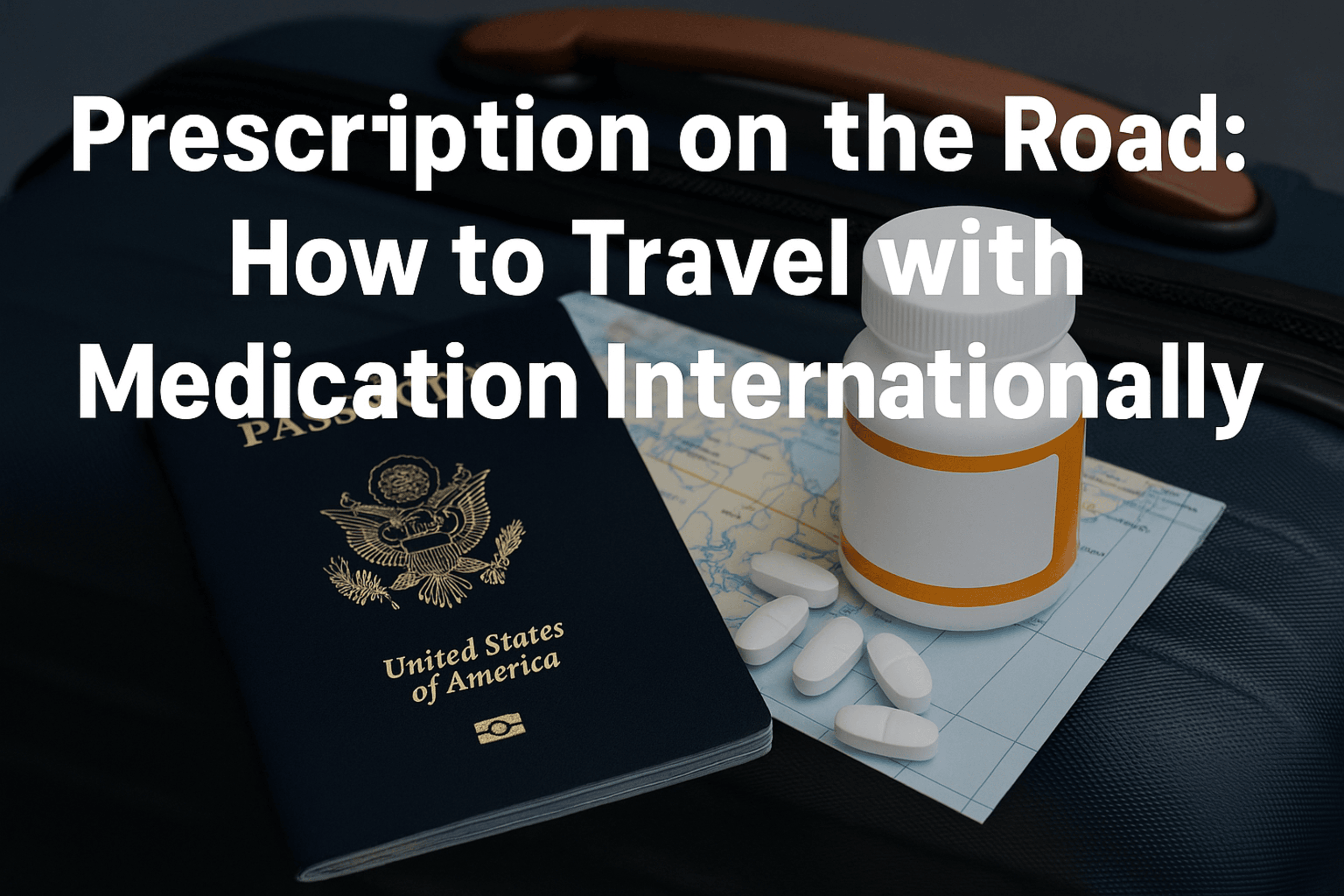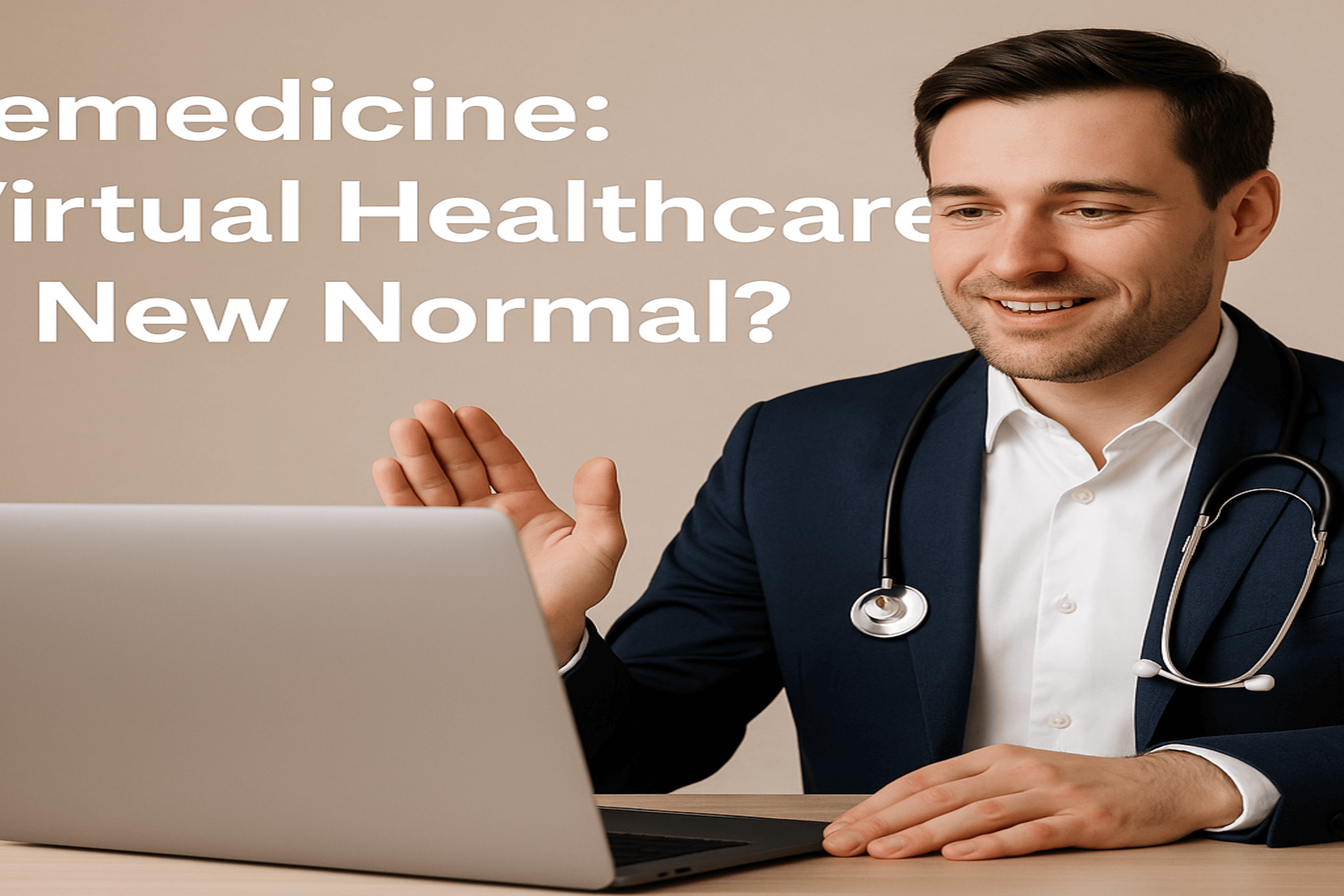🌐 Remote Patient Monitoring (RPM) Solutions: The Future of Connected Healthcare
In a world where digital convenience is king, healthcare is no exception. Remote Patient Monitoring (RPM) has emerged as a game-changing solution, allowing doctors to monitor patients’ health outside of traditional clinical settings — from the comfort of their homes.
Whether you’re managing chronic conditions or recovering post-surgery, RPM is shaping a smarter, safer, and more proactive approach to care.
🩺 What Is Remote Patient Monitoring (RPM)?
Remote Patient Monitoring is the use of digital technologies to collect medical and health data from individuals in one location, and electronically transmit it to healthcare providers in a different location for assessment and recommendations.
Think of it as virtual checkups powered by real-time data.
📦 What Does RPM Include?
RPM solutions often involve:
- Wearable devices (smartwatches, fitness bands)
- Connected health monitors (blood pressure cuffs, glucose meters, pulse oximeters)
- Mobile health apps (for symptoms tracking, medication reminders)
- Cloud-based dashboards for doctors to monitor trends and trigger alerts
💡 Who Benefits from RPM?
RPM is ideal for patients who:
- Have chronic conditions like diabetes, heart failure, or hypertension
- Are recovering after surgery or illness
- Require frequent health monitoring but want to avoid hospital visits
- Live in remote or rural areas with limited access to healthcare
It’s also a great support system for elderly patients, enabling them to age at home safely with digital oversight.
✅ Key Benefits of RPM Solutions
1. Improved Patient Outcomes
Continuous monitoring means early detection of potential issues, allowing for timely intervention.
2. Convenience and Comfort
Patients don’t need to visit hospitals as often — they can get care from home, which is especially helpful for those with limited mobility.
3. Cost Savings
Fewer ER visits, hospital readmissions, and transportation needs mean lower healthcare costs for both patients and providers.
4. Real-Time Data for Doctors
Physicians get continuous updates instead of relying solely on in-clinic snapshots, enabling more informed decisions.
5. Empowered Patients
Patients become more involved in their care by tracking their own vitals and understanding health trends.
🔒 What About Data Privacy?
With all that real-time data flowing between homes and hospitals, data security is crucial. RPM platforms must be:
- HIPAA-compliant
- Encrypted end-to-end
- Transparent about how data is stored and used
Healthcare providers and patients alike need clear protocols and trust in the technology.
🌍 RPM in Action: Real Examples
- A heart failure patient wears a Bluetooth-enabled weight scale and blood pressure monitor. Any abnormal readings are flagged and sent directly to the cardiologist.
- A diabetic patient logs glucose levels via a smart glucometer, which sends data to an app reviewed weekly by a nurse.
- Elderly patients use fall-detection watches connected to a caregiver’s phone, triggering alerts during emergencies.
🧭 The Road Ahead
As technology advances and healthcare systems embrace digital transformation, RPM is becoming a cornerstone of value-based care. With the rise of AI and predictive analytics, RPM may soon not just monitor — but predict health issues before they happen.
🩺 Final Thoughts
Remote Patient Monitoring isn’t just a pandemic-era fix — it’s the foundation of a more connected, efficient, and patient-centered future. Whether you’re a caregiver, clinician, or someone managing a chronic condition, RPM can provide the peace of mind and control that traditional care models often lack.
📣 Are you using or exploring RPM for yourself or a loved one? Share your experience or questions in the comments!
